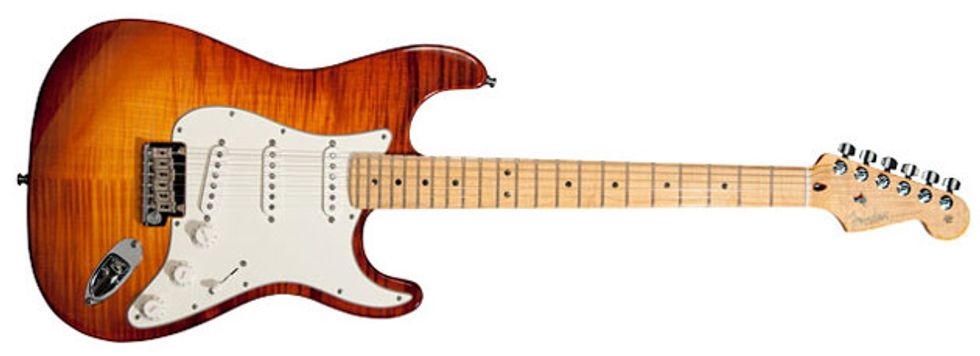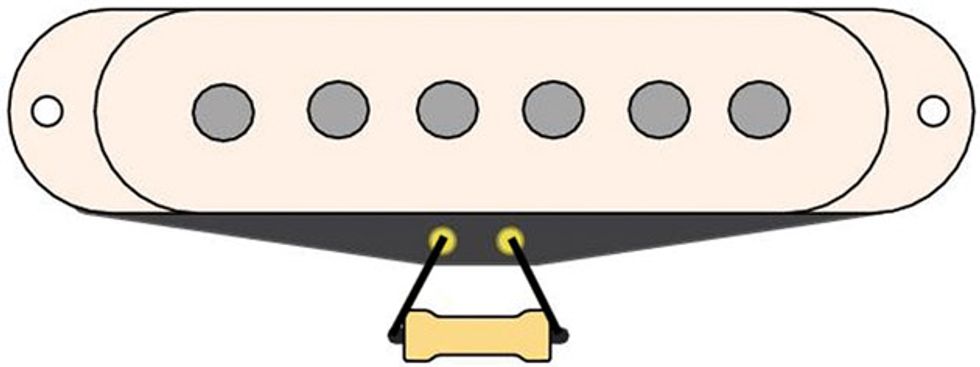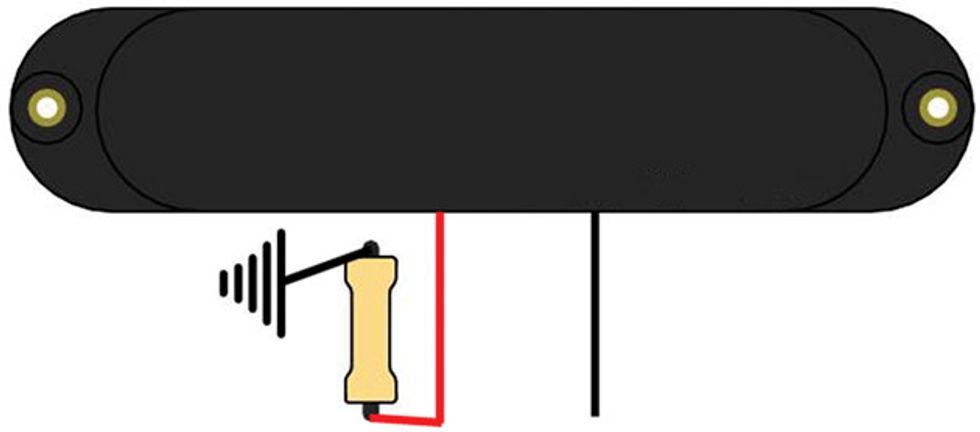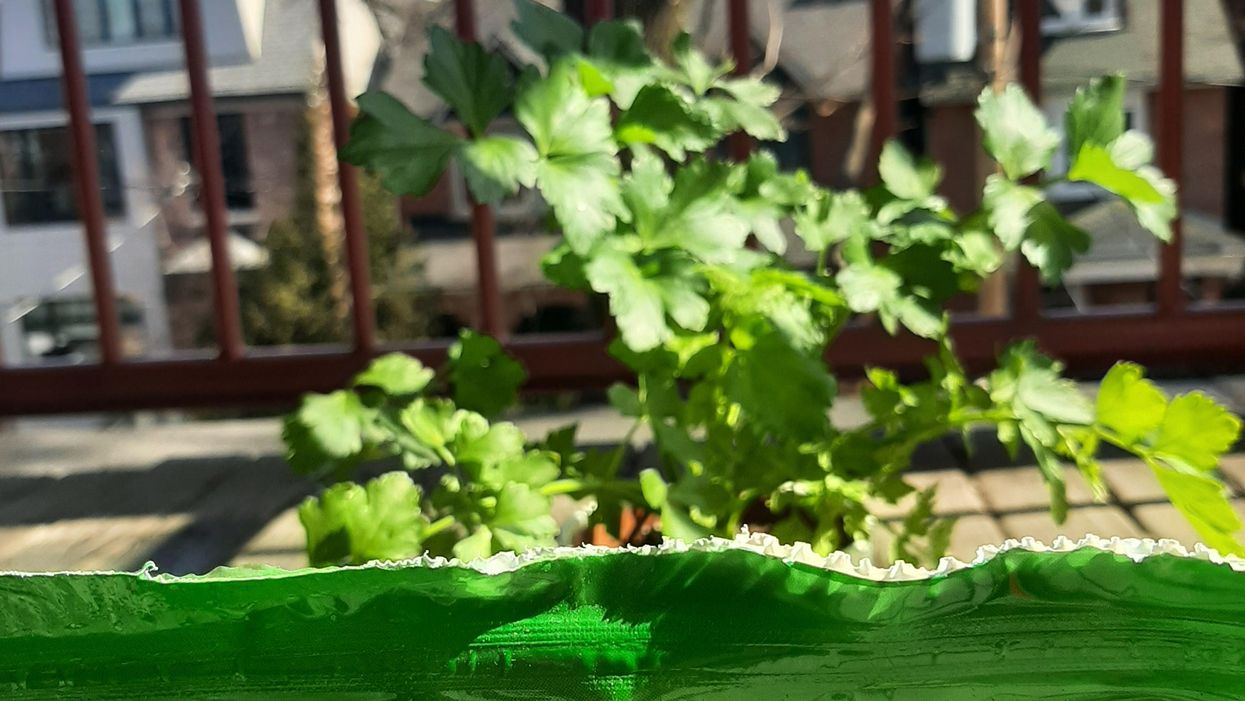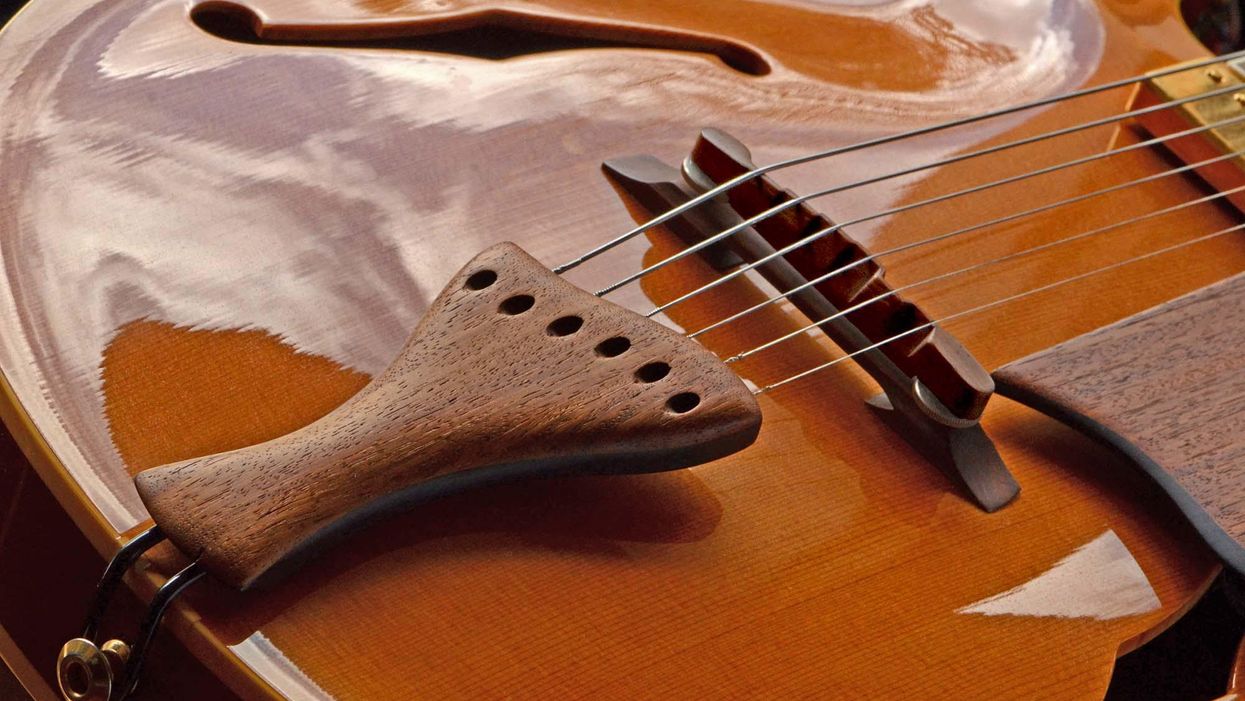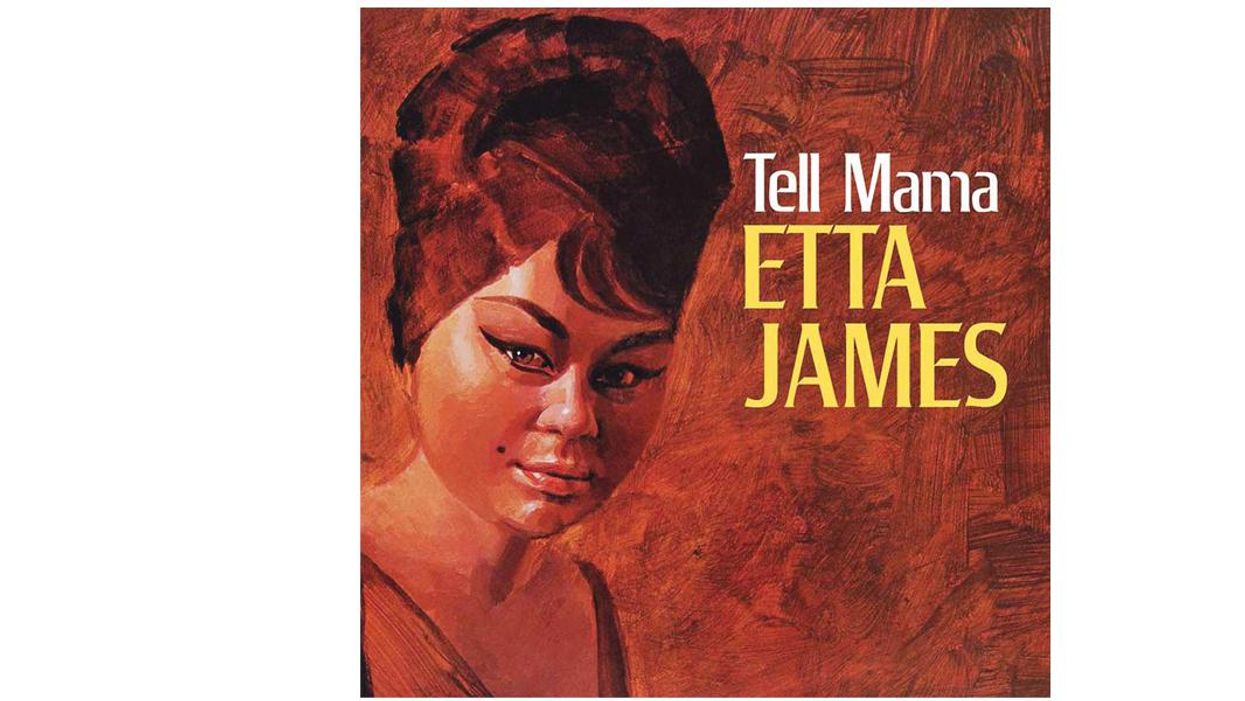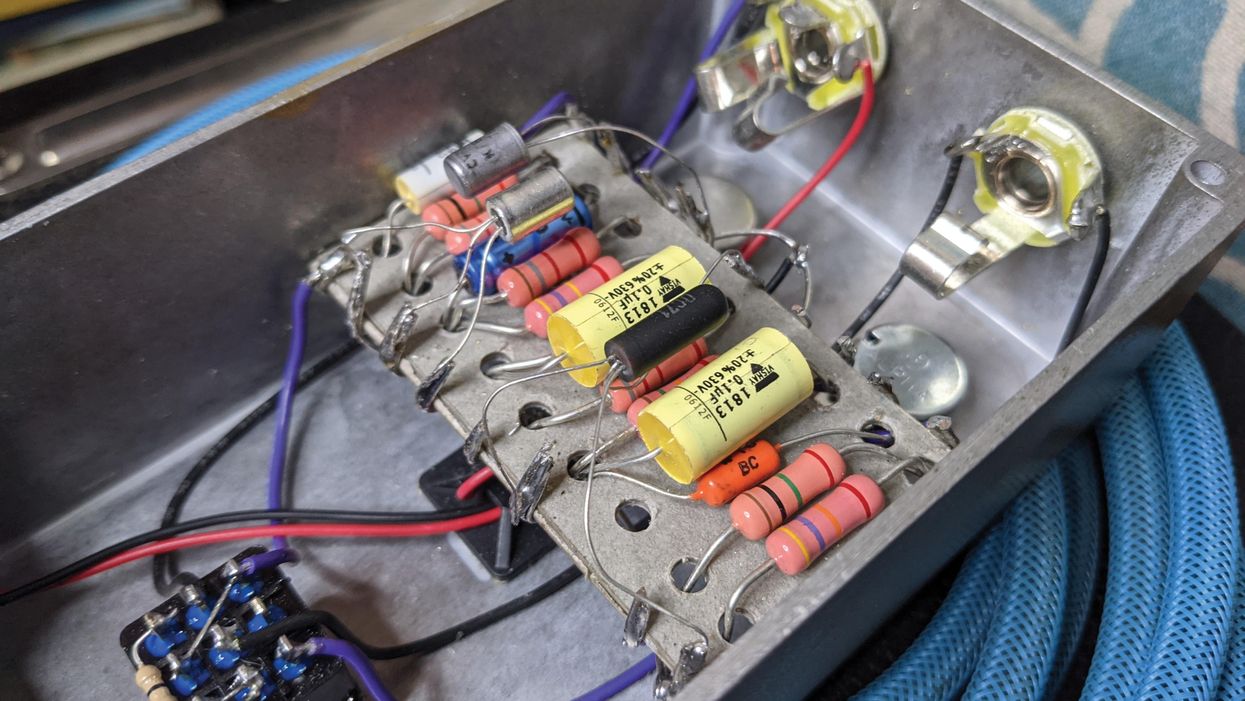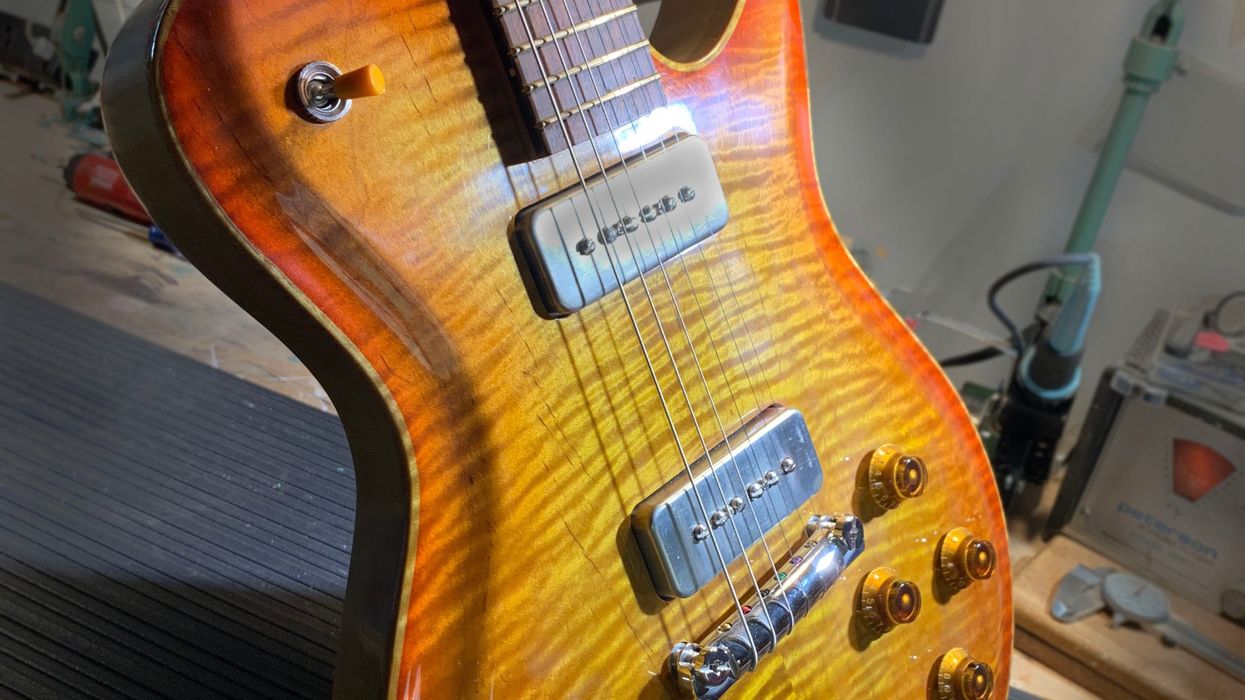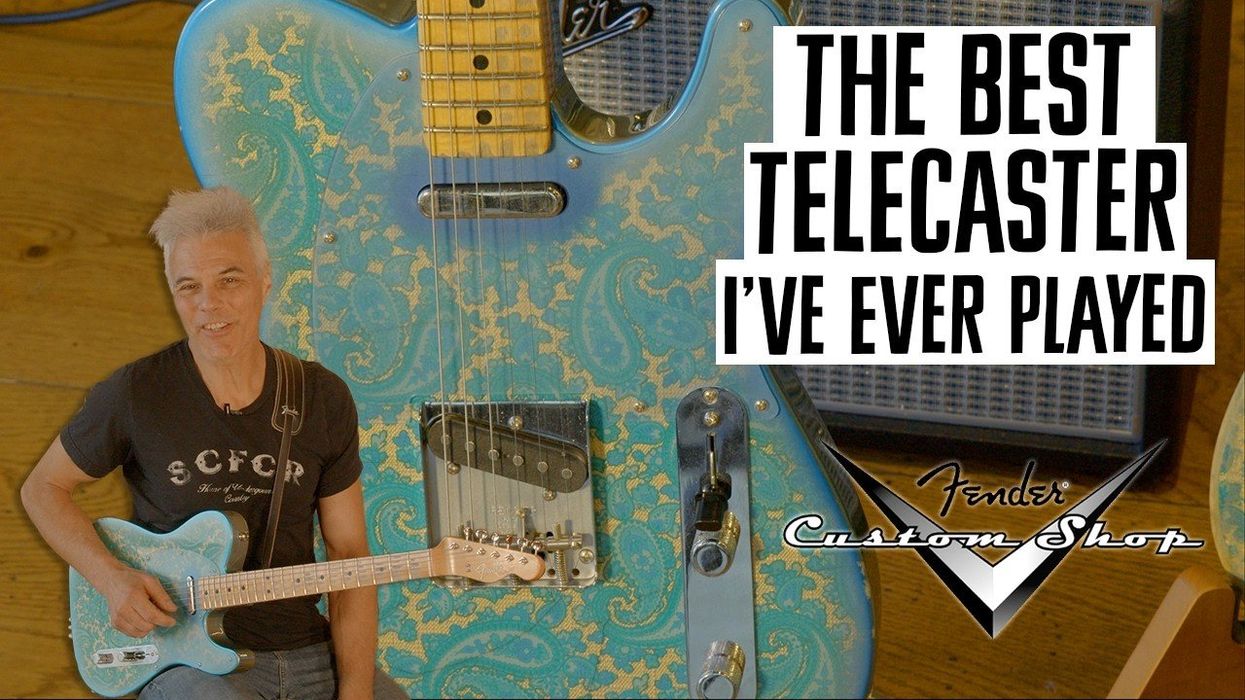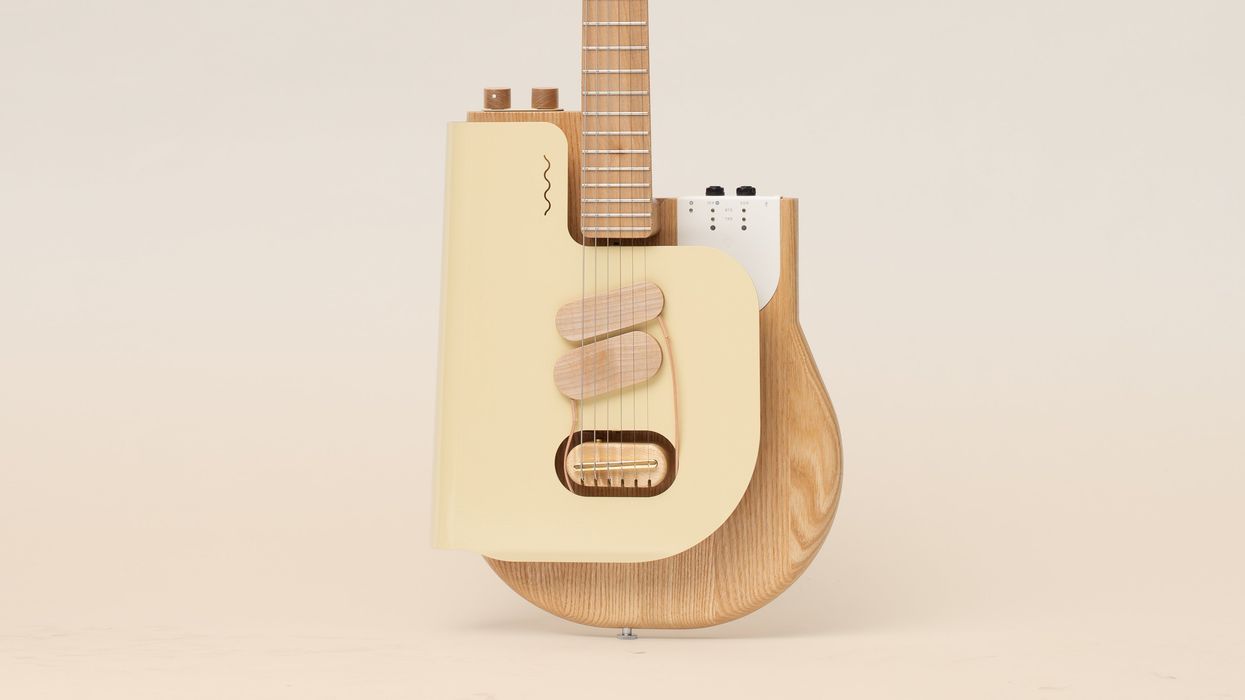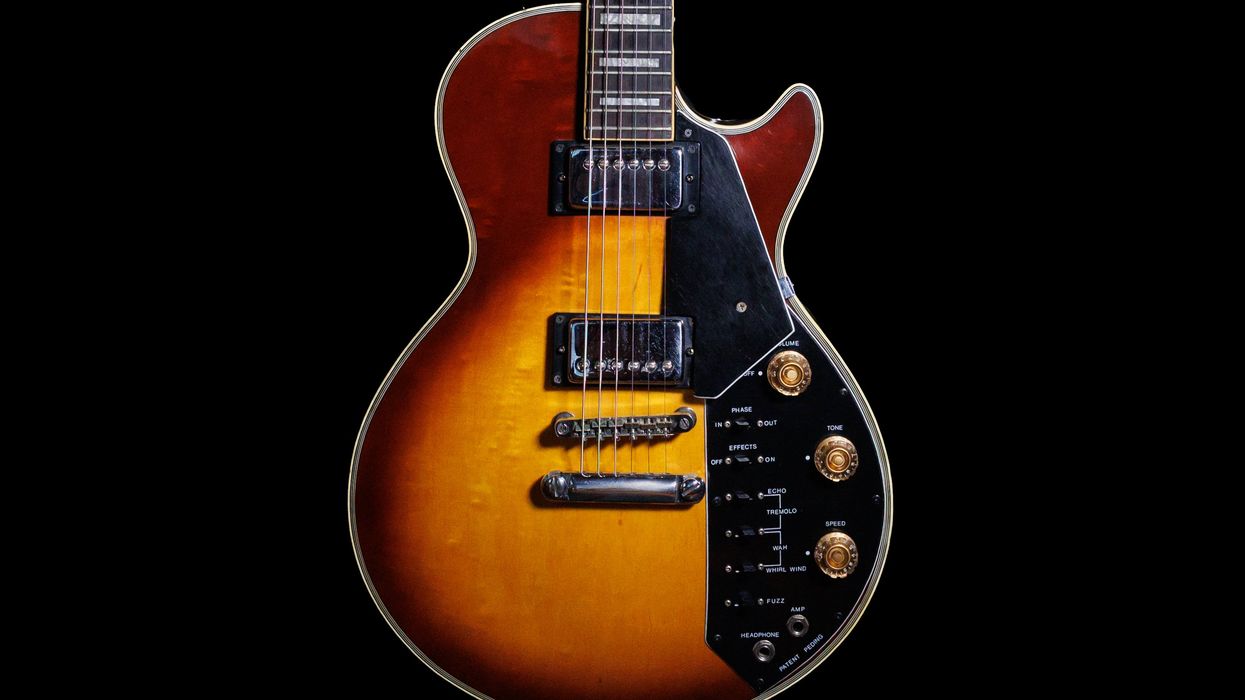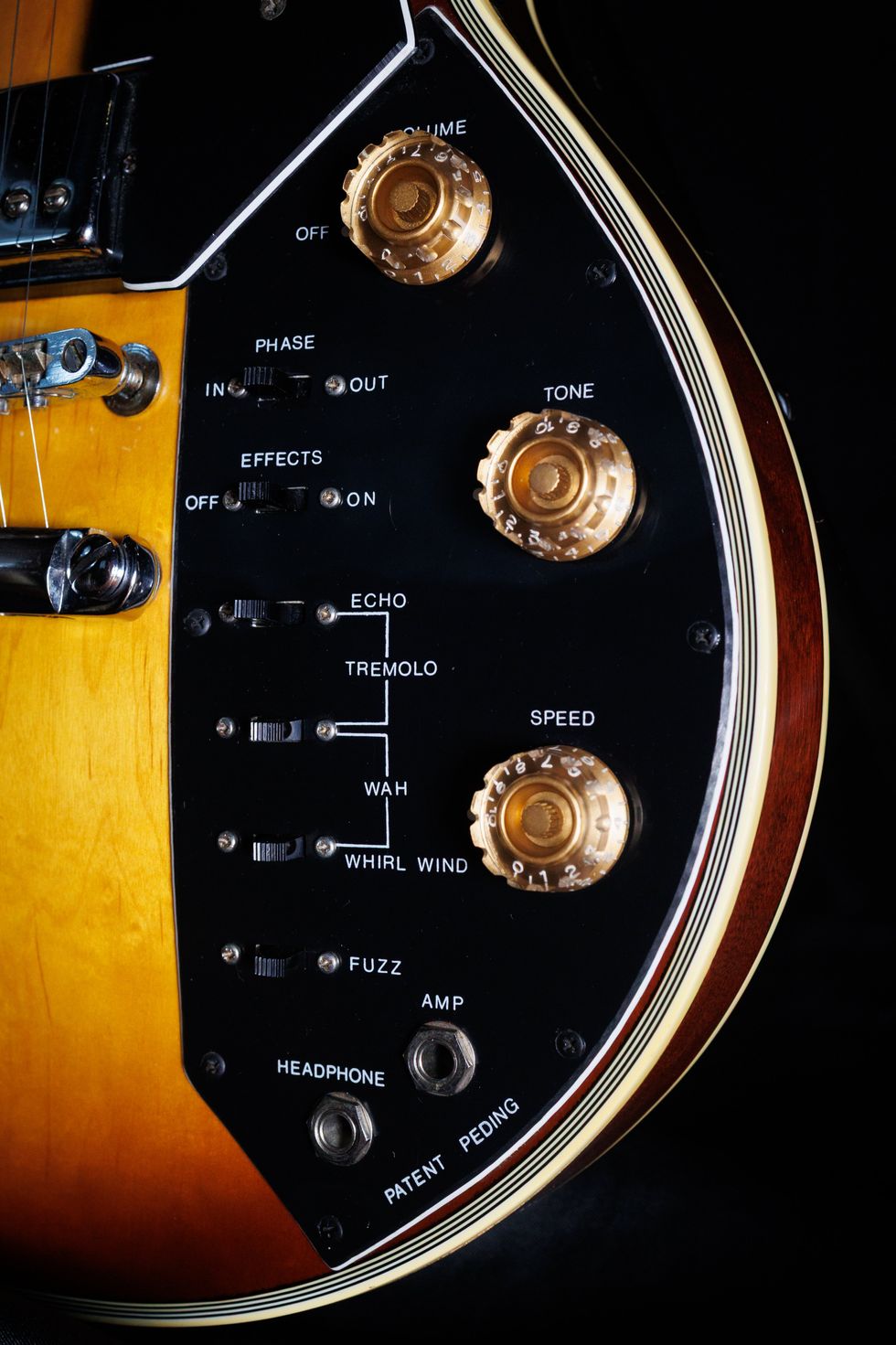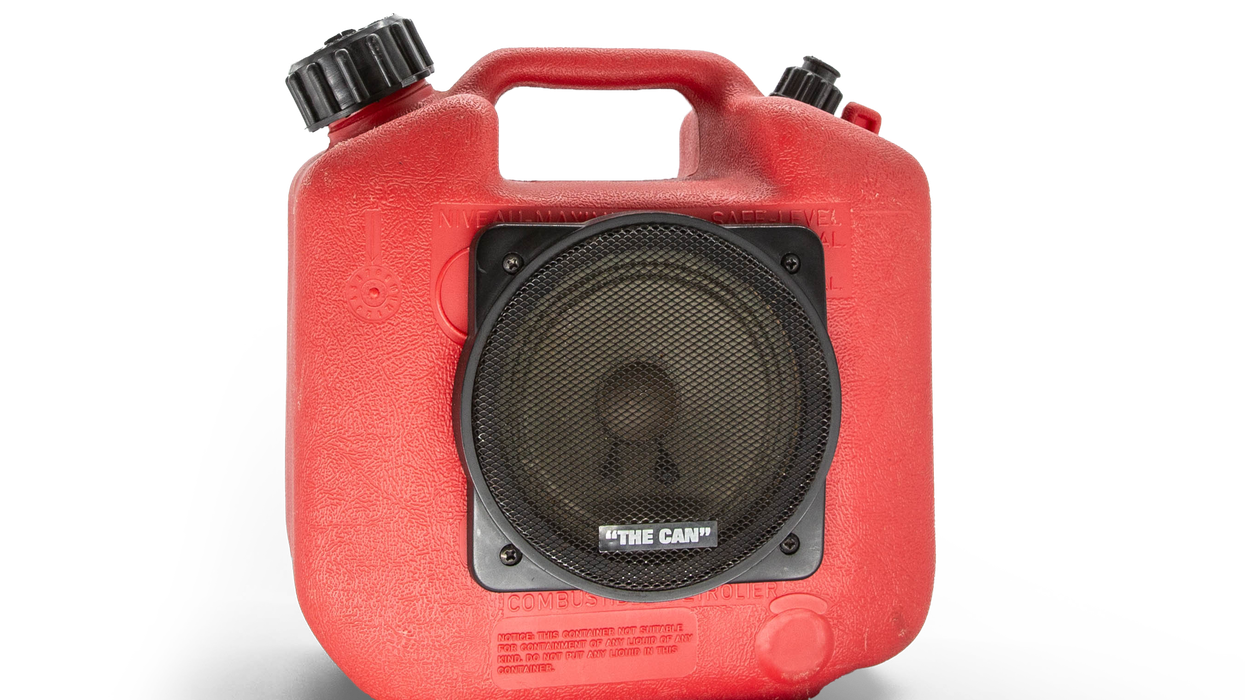Almost any type of electric guitar can be plagued with shrill pickups. Piercing tone can be subjective, but if you're convinced a pickup is too bright, there are many ways to effectively deal with the problem. Simply lowering the pickup's height will sometimes do the trick. Changing other elements in the signal chain is another way to get similar results. For example, pure nickel strings sound darker than other types, and a longer guitar cord will add more capacitance, making the tone warmer. But for this column, we'll concentrate on electronics and learn how to tame highs using what I call virtual tone controls.
Some guitarists find the Stratocaster's bridge pickup is too bright. That's understandable: In a standard Strat wiring, the bridge pickup is only connected to the volume pot, not to a tone pot like the middle and the neck pickups. The bridge pickup's proximity to the saddles compounds the problem, creating a recipe for very trebly tone.
If lowering the pickup height doesn't do the job, you can simply connect the bridge pickup to either the middle or neck tone controls. Even with the tone control fully open, the pot itself will add additional resistance and thus warm up the tone. This mod requires only a small jumper wire on the 5-way switch. Alternatively, you can connect the bridge pickup to one tone pot and the two other pickups to the second. Or you can connect the bridge and middle pickups to individual tone pots and run the neck pickup without one. But many players don't want to change Leo's original knob configuration, and this is where the concept of a virtual tone control starts to shine.
A little theory: In layman's terms, potentiometers are variable resistors, able to go from 0 to their nominal value (typically 250k ohms for single-coils and 500k for humbuckers) when they're fully open. In the case of our Strat bridge pickup, connecting it to a 250k fixed resistor makes it sound like it's wired to a tone pot that's always wide open. The added resistance makes the pickup sound warmer—problem solved. (We're simplifying the explanation a bit because even with the pot fully open, the tone control's cap is also a factor, but it's the essential concept that's important here.)
Fig. 1 — Image courtesy of singlecoil.com
Using a “shunt" resistor works well to reduce highs and offers an excellent alternative to replacing the pickup itself. As a rule of thumb, a shunt resistor is placed in parallel to the pickup between its hot output and ground. You can install the resistor directly to a Fender-style pickup, as shown in Fig. 1. Simply connect the resistor to the pickup's two eyelets and that's it. Be very careful while soldering at these spots and don't use massive heat—25 to 30 watts is all you need. The thin pickup wire is connected here as well, so work carefully to avoid breaking it.
If you want to simulate a fully opened 250k pot, use a 250k resistor. If there's still too much treble with a 250k resistor, go down to 200k or 180k to see if this sounds better to your ears. Conversely, if 250k is too dark, try a 300k or 500k resistor—or anything in between.
The 5-way switch is another good location for a shunt resistor, especially when you use a conductive shield underneath the pickguard. Simply connect one end of the shunt resistor to the input lug of the pickup you want to make happy, and the other end of the resistor to ground. With a copper conductive shield, the 5-way switch's metal frame connects to ground, so you can simply solder the other end of the resistor to the frame or directly to the copper foil. In all other cases, you can simply solder a piece of wire to the other end of the resistor and connect it to any given grounding point—the back of a pot, for instance.
Fig. 2 — Image courtesy of singlecoil.com
You can add a shunt resistor to any single-coil, even if it doesn't have the open eyelets of a typical Fender pickup. In that situation, simply connect one end of the shunt resistor to the pickup's hot wire and the other end to ground (Fig. 2).
Fig. 3 — Image courtesy of singlecoil.com
Single-coils are more likely than humbuckers to produce excessive treble, but occasionally the latter can have a very shrill sound, even when it's already connected to volume and tone controls. No problem—you can add a shunt resistor to tame the highs on a humbucker, too. I recommend starting with a 500k shunt resistor and working your way down. For example, if there's still too much treble with a 500k, try a 250k resistor. On a vintage-style humbucker, connect one end of the resistor to the internal hot wire and the other to the external braided wire shield (Fig. 3).
And that's it for virtual tone controls. I've received numerous emails requesting more physical mods, so next month I'll show you how to restore old, malfunctioning tuning machines and get them back in working order. Until then ... keep on modding!

